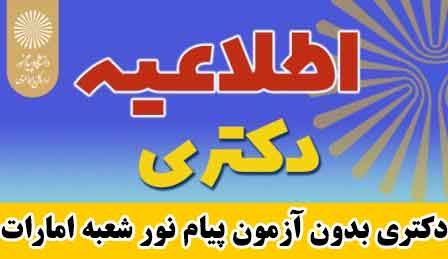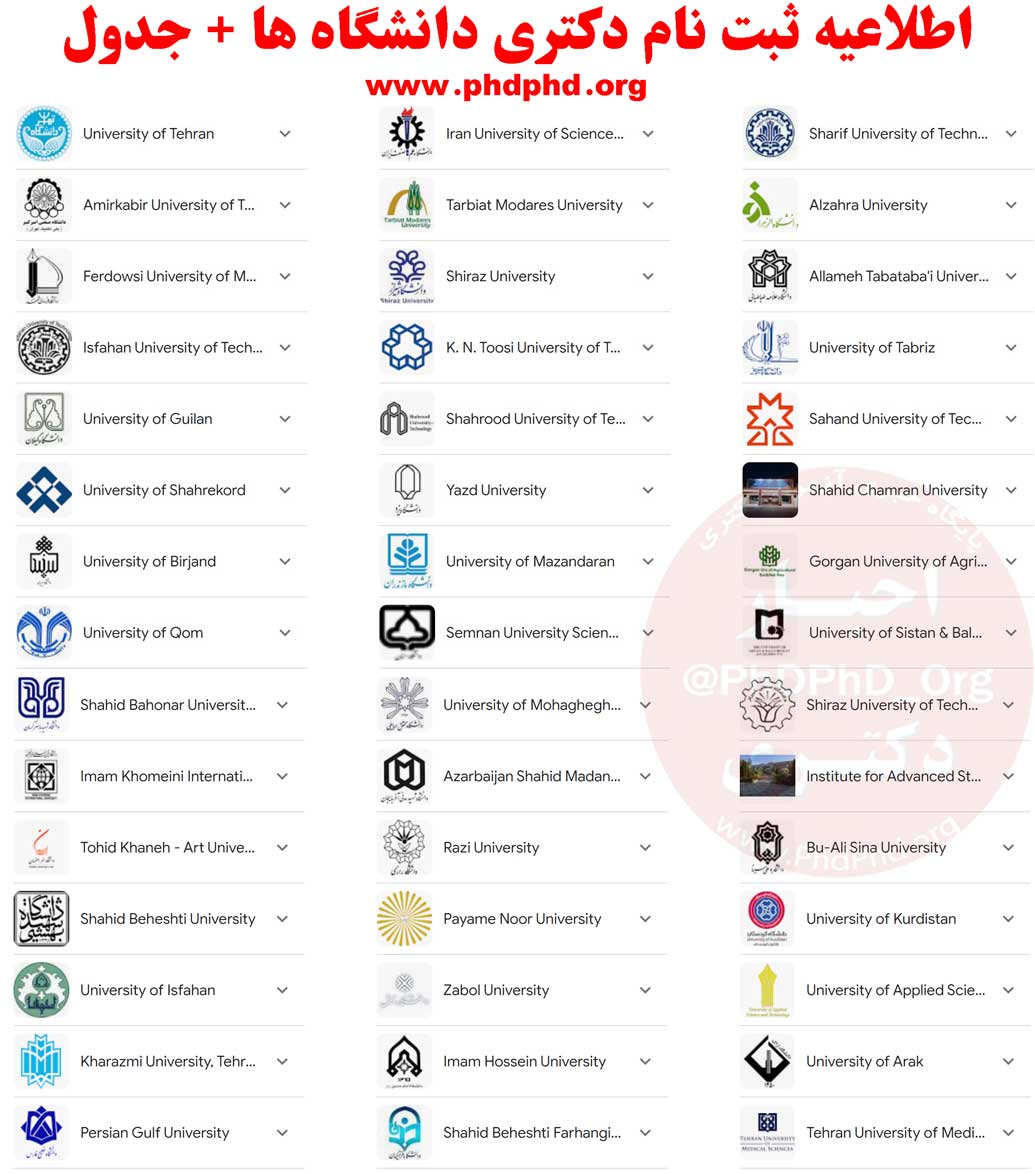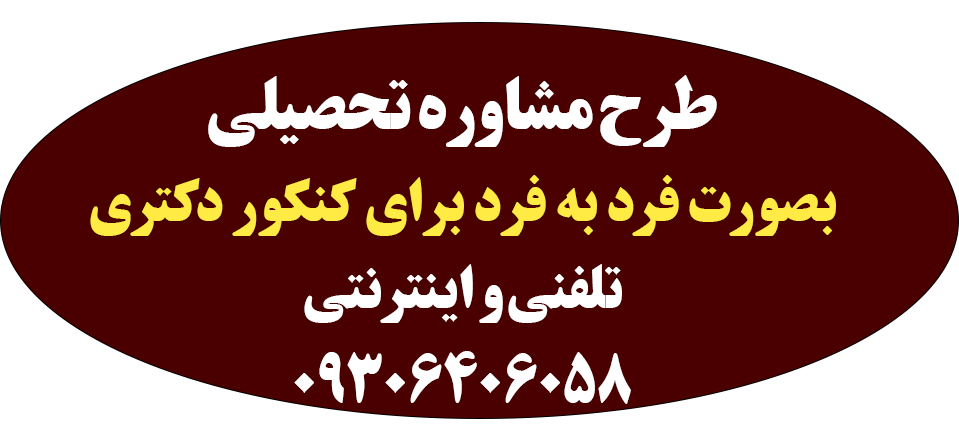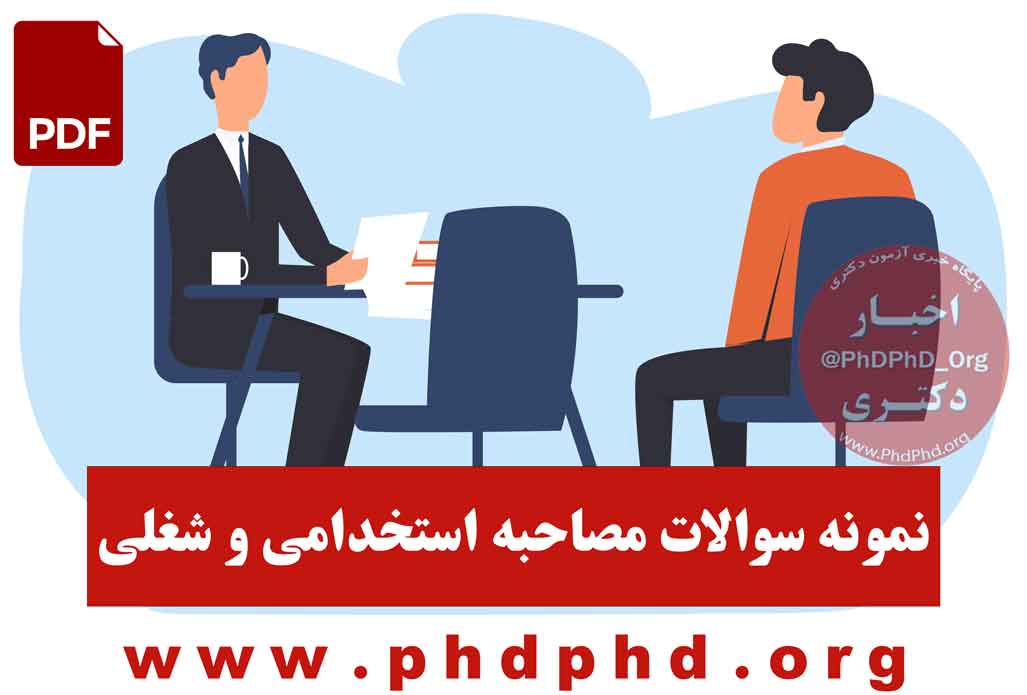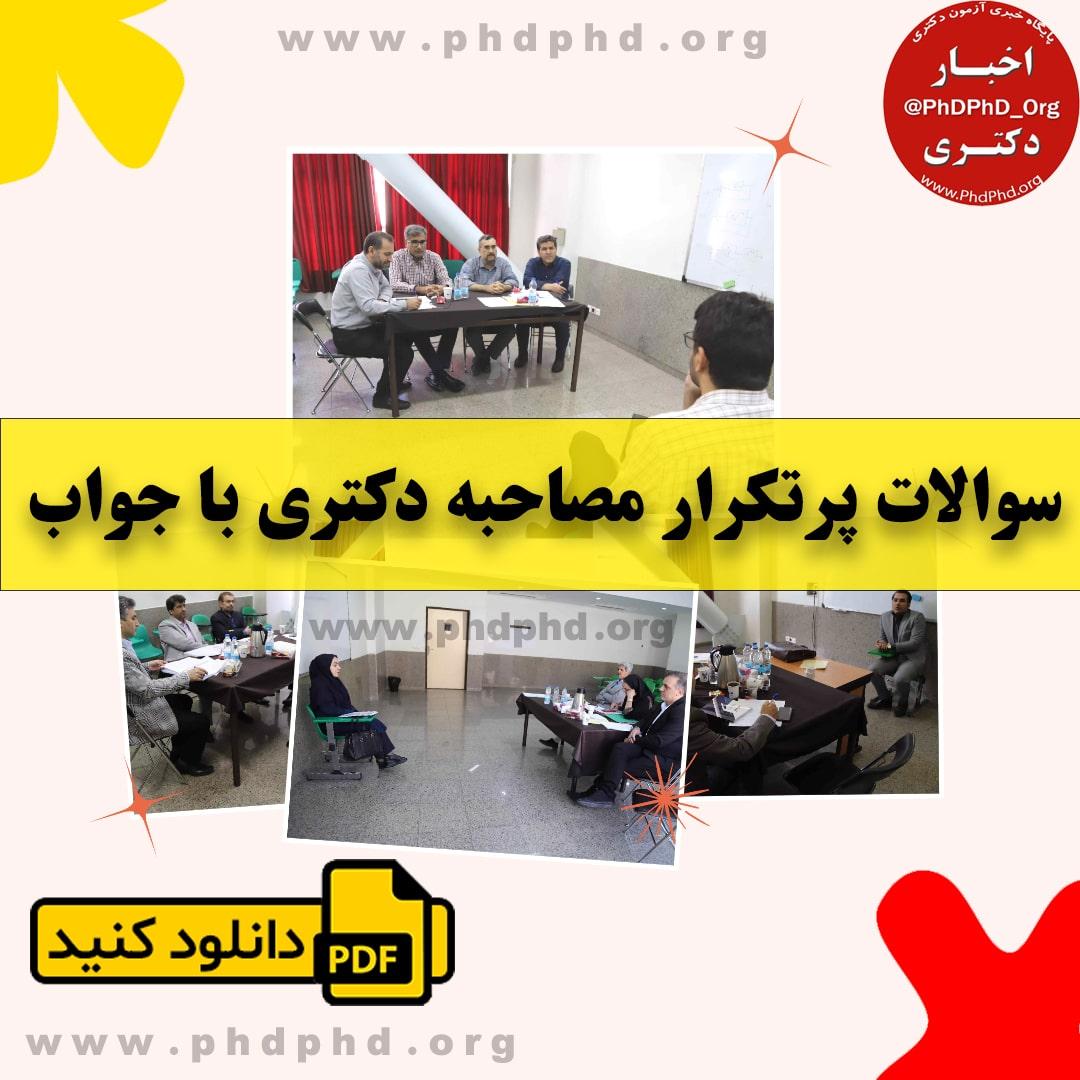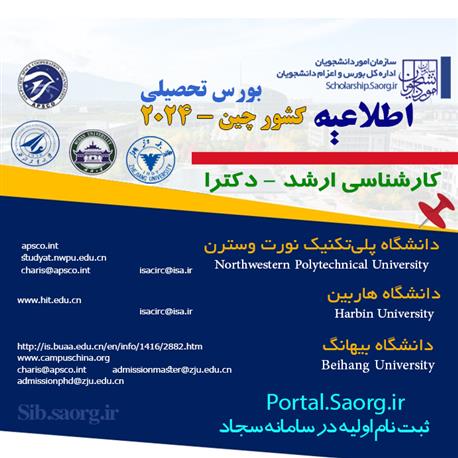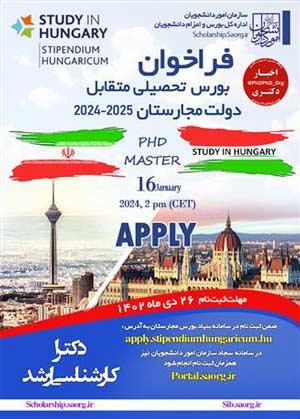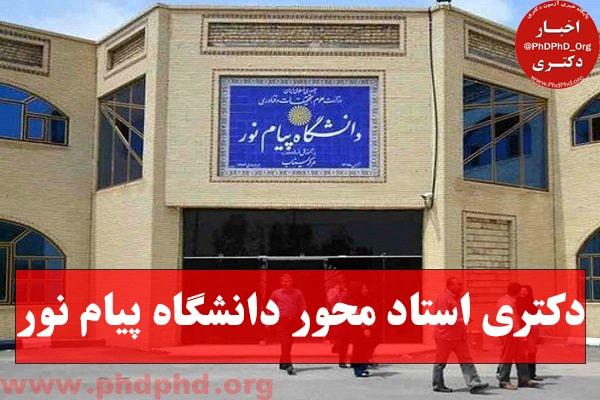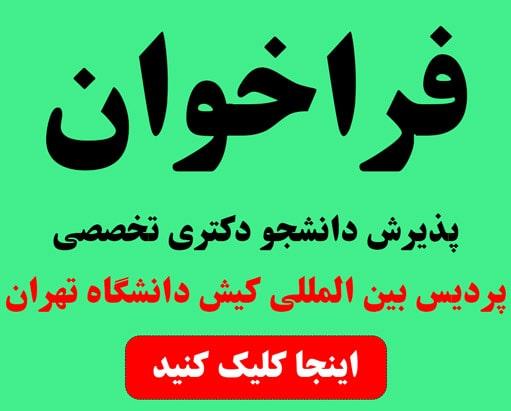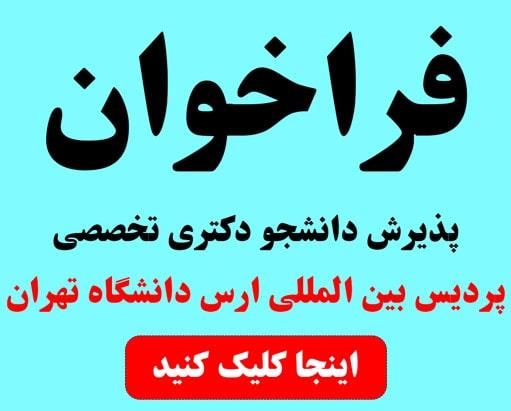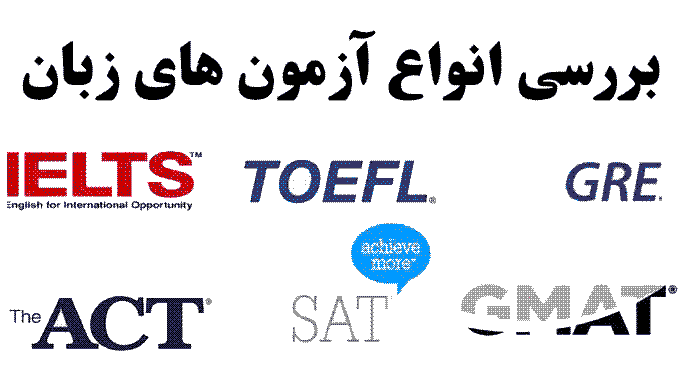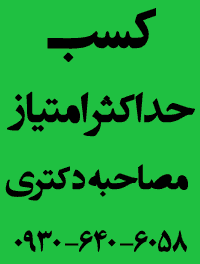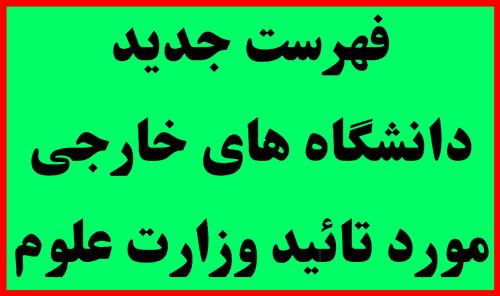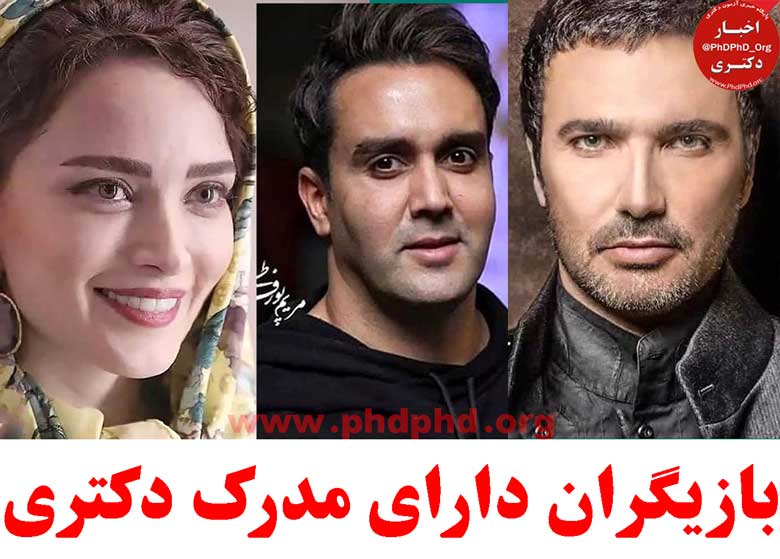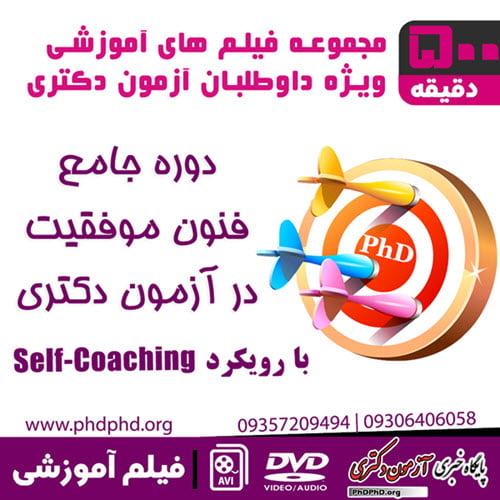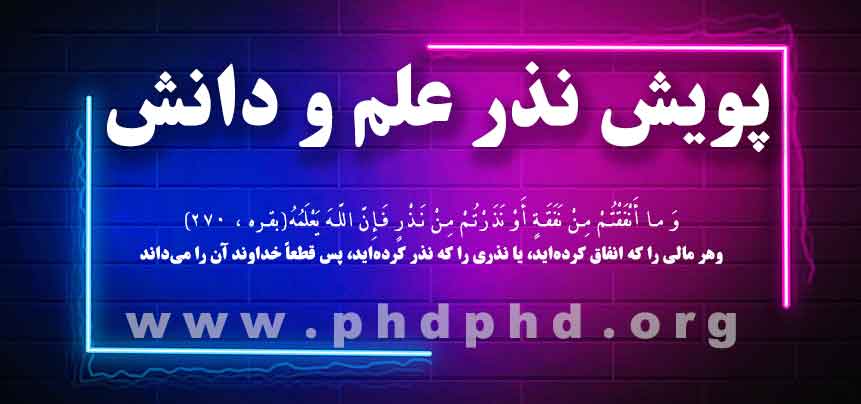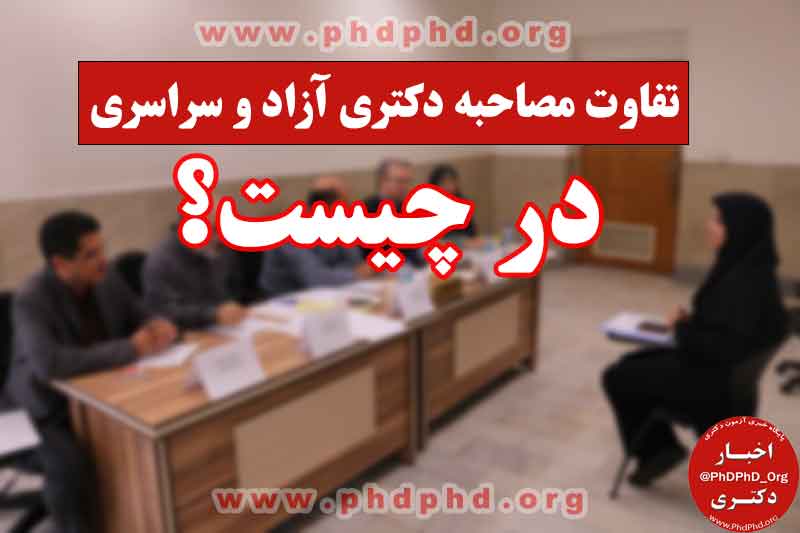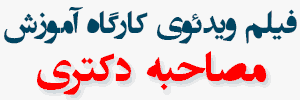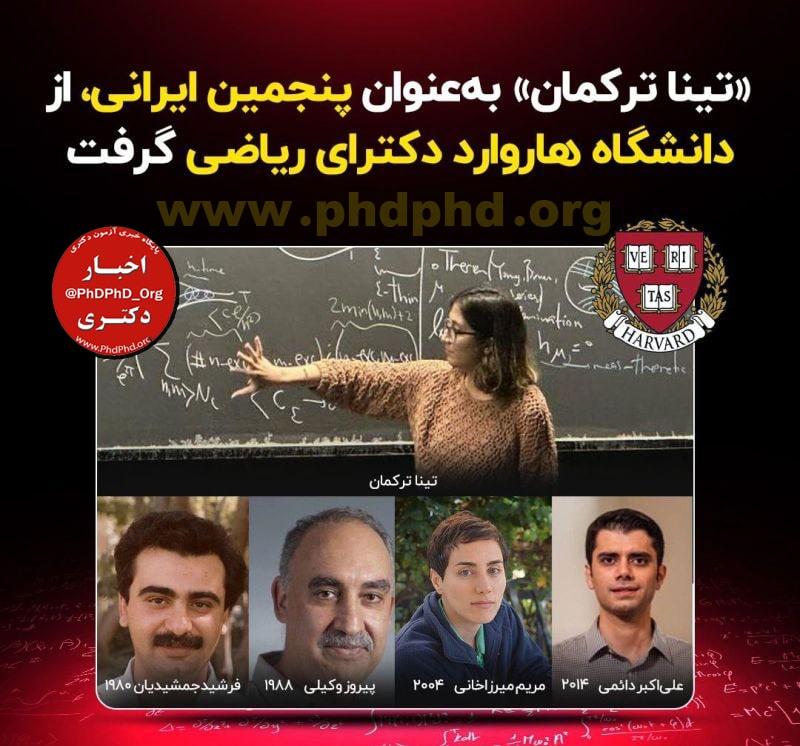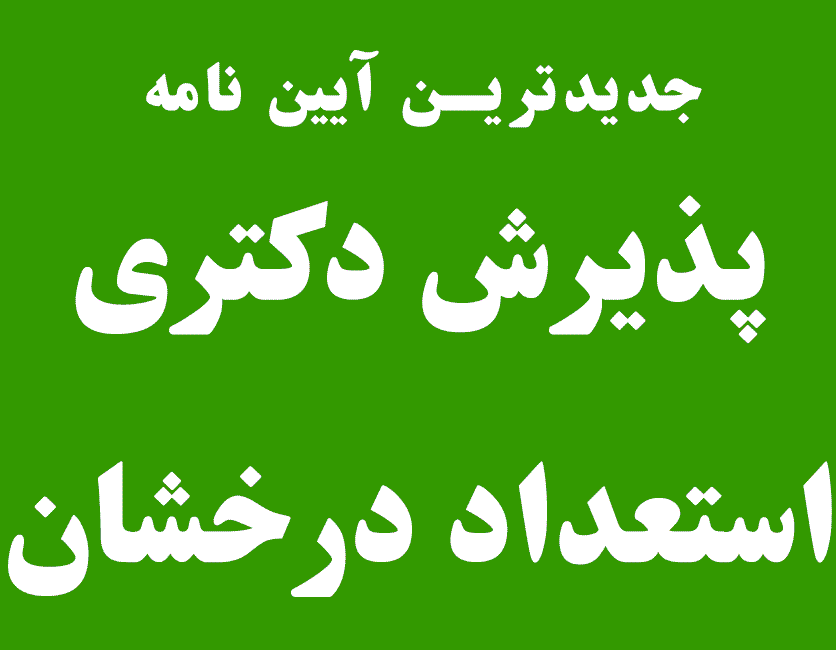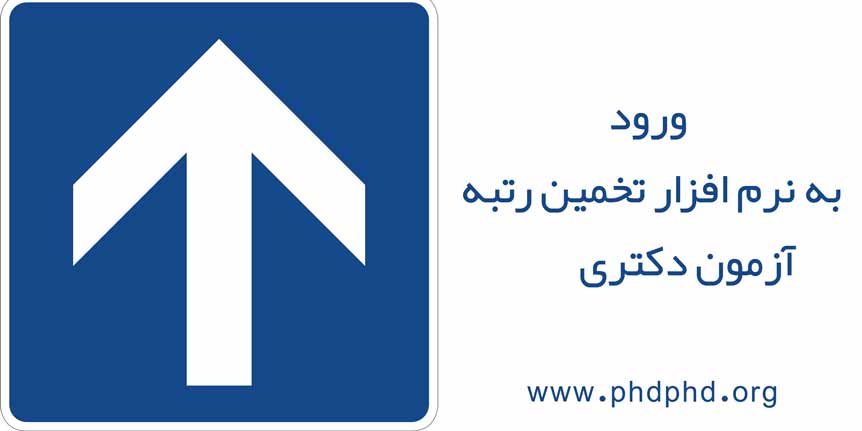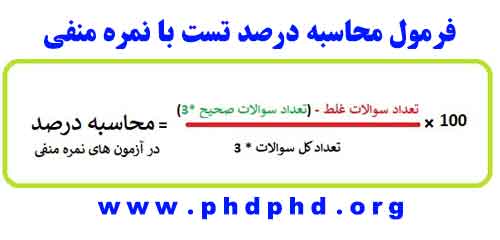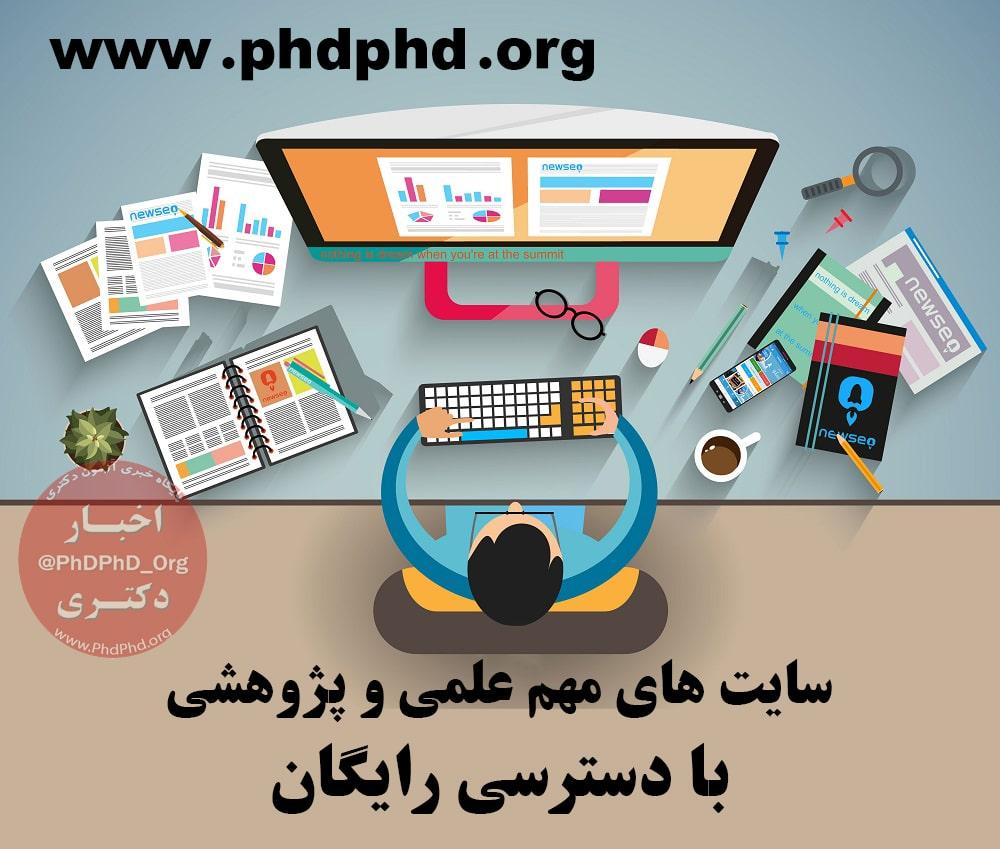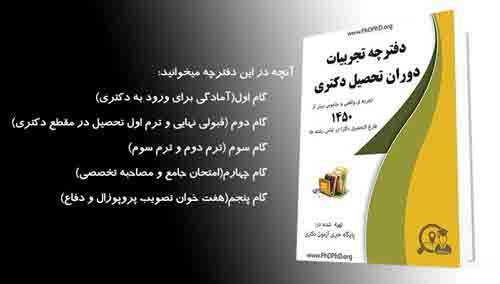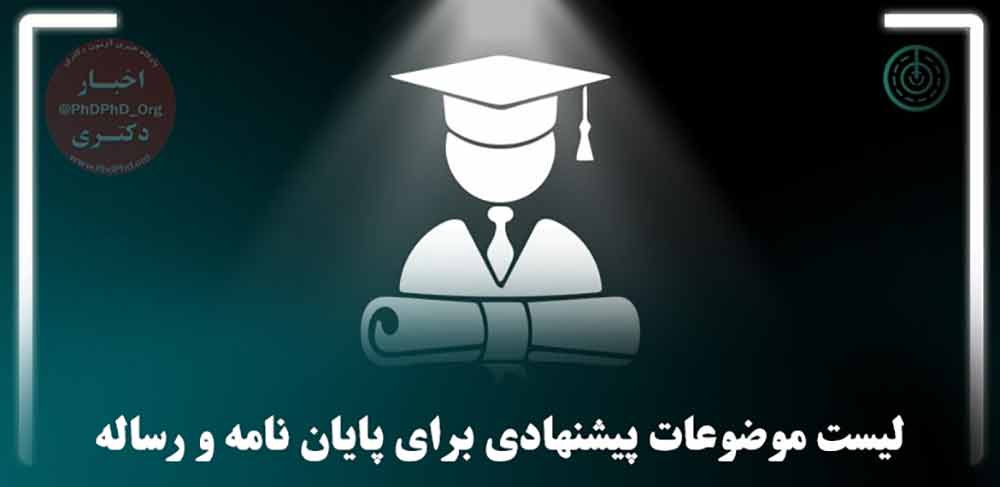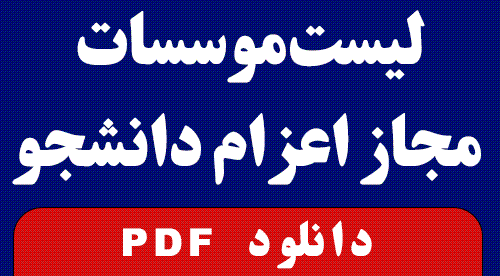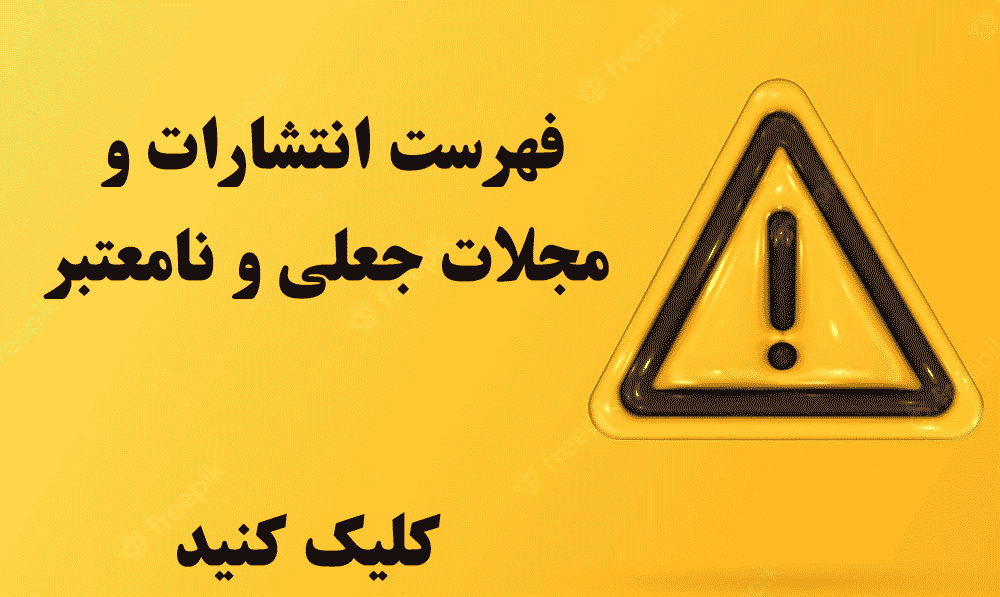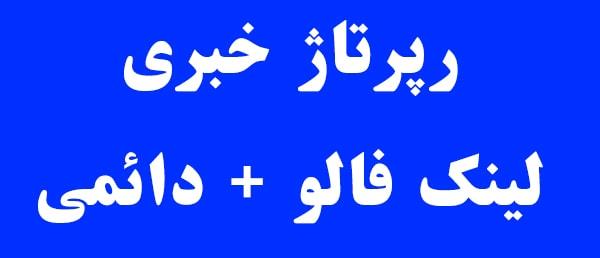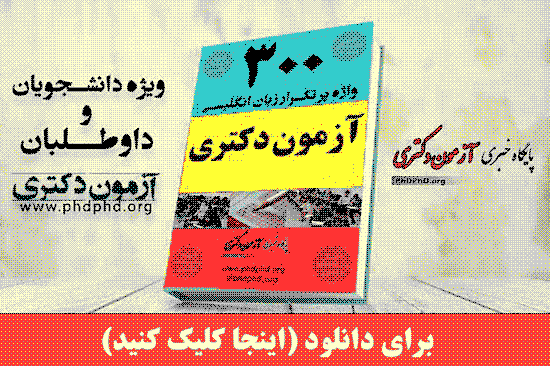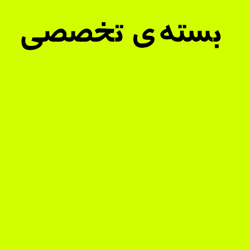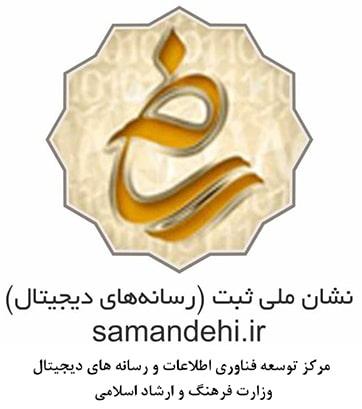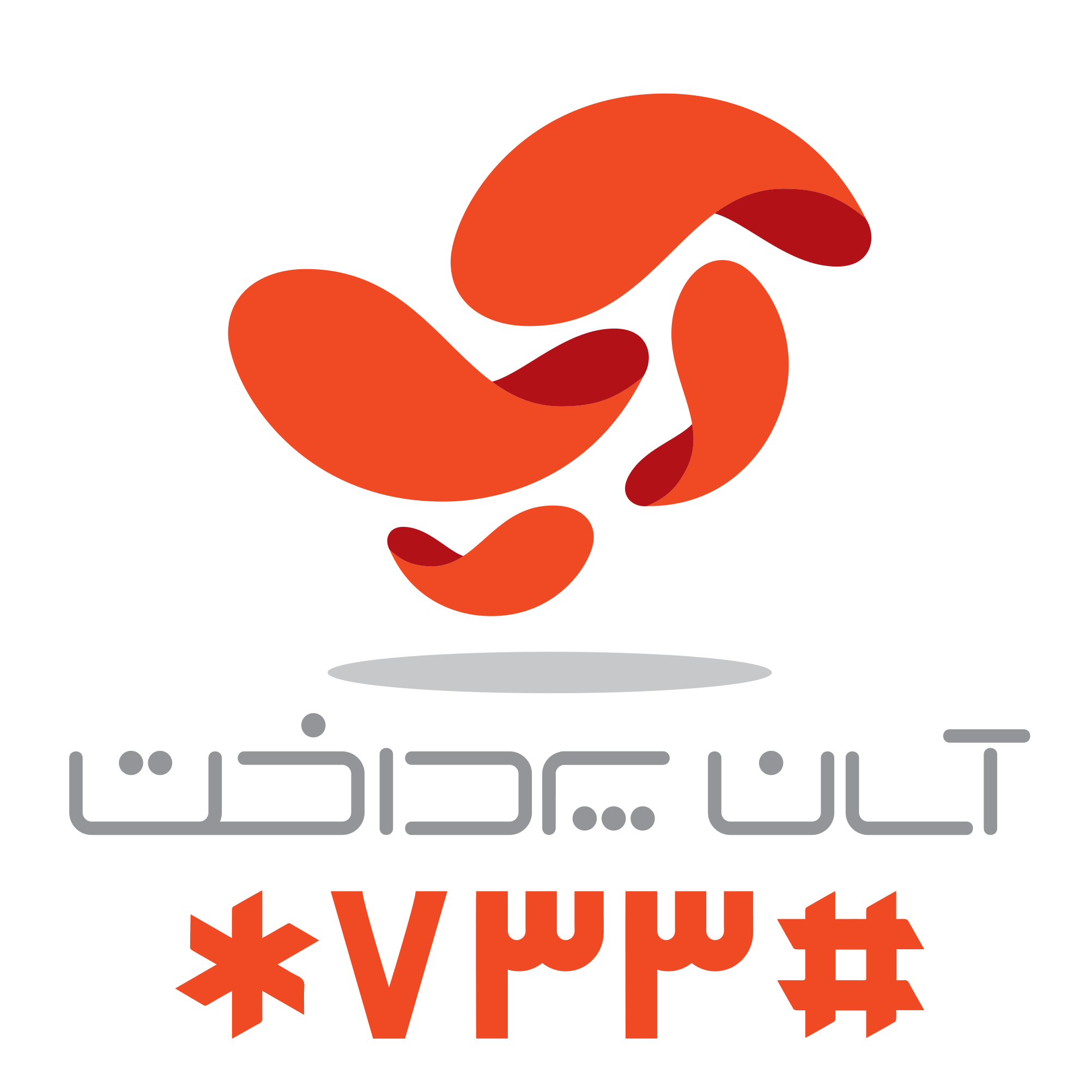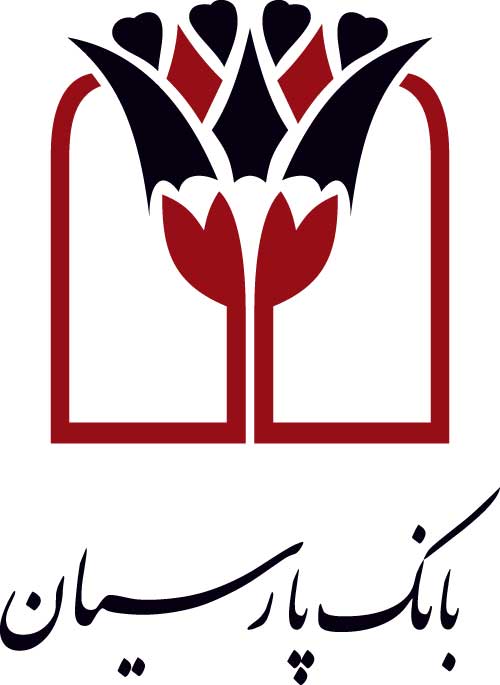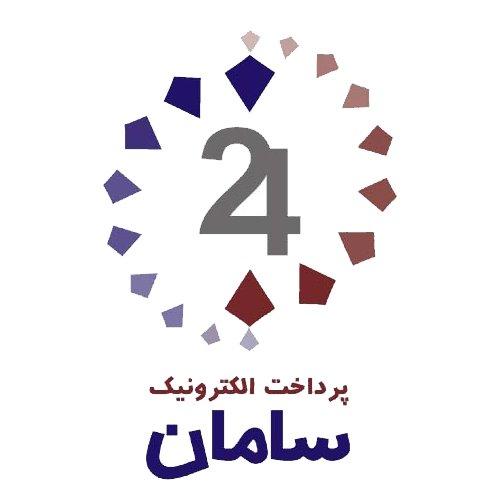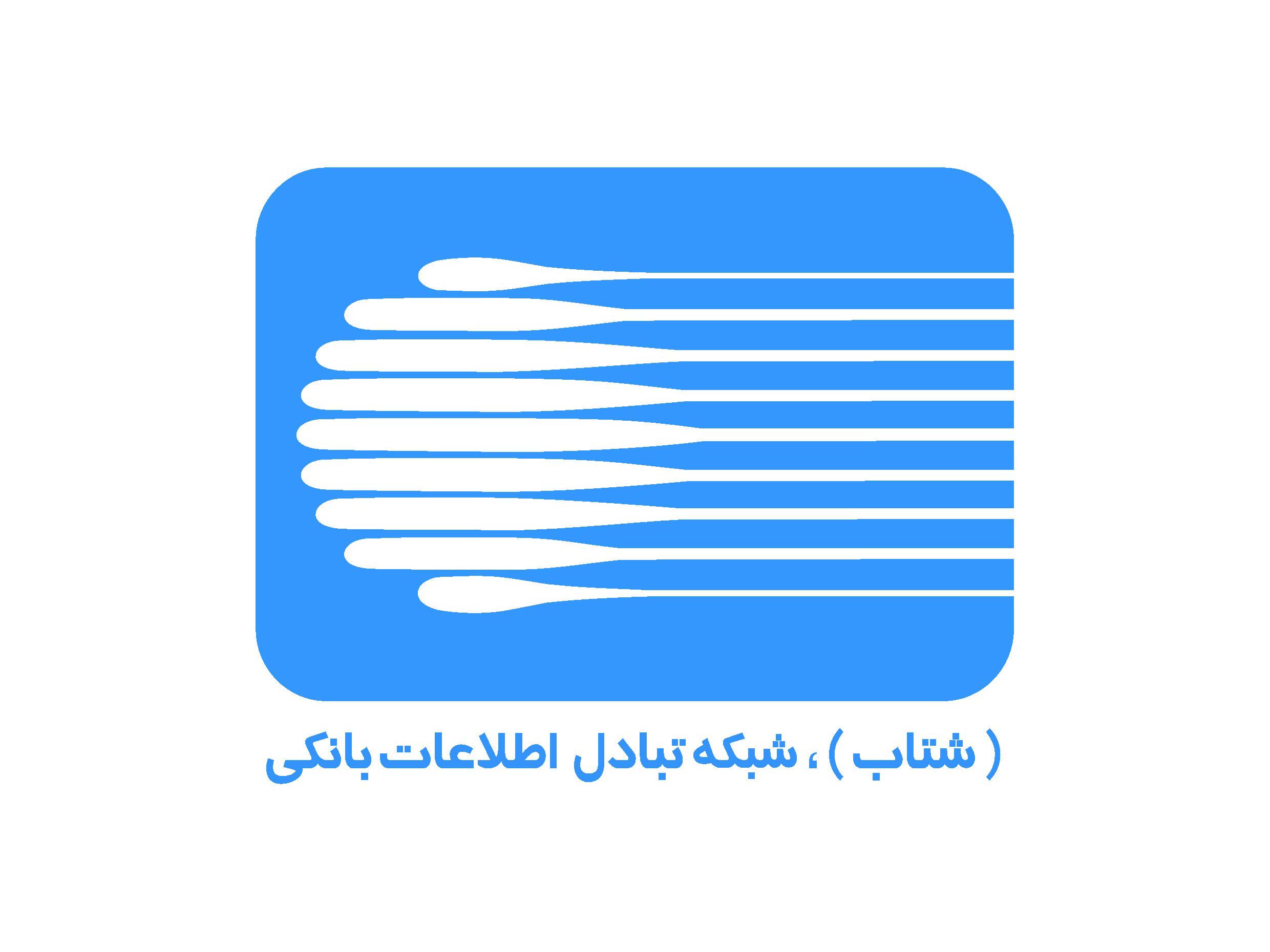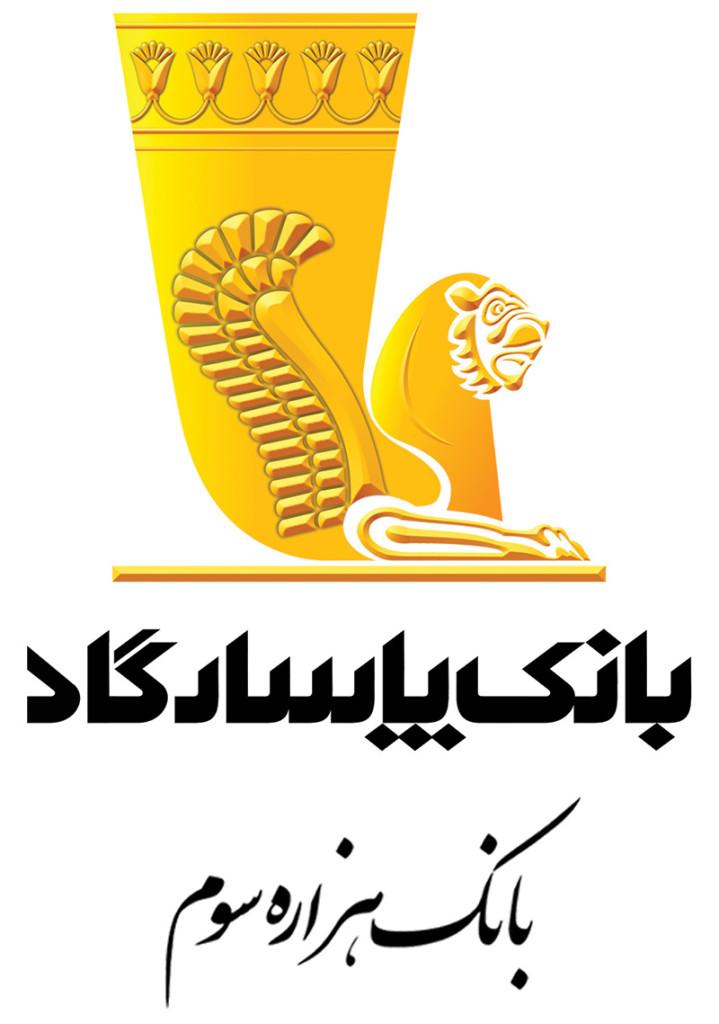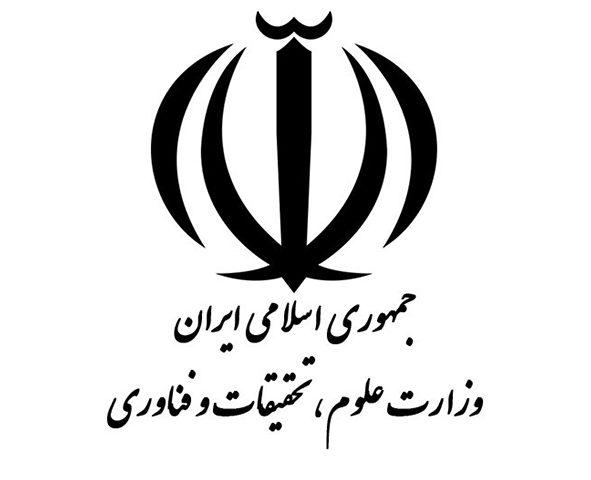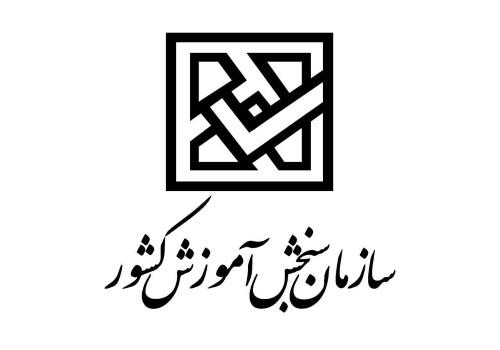تاریخ بروزرسانی : 1399/01/03
سرفصل های درس اصول و روش تدریس

نام بسته درسی : اصول و روش تدریس
—————————————————————————
فهرست:
Chapter One: Approaches to the Study of Language
Preview
- The Traditional Approach
- The Structural Approach
- The Generative Approach
1.4. The Functional Approach
1.5. Formalists Approach
1.6. Activities Approach
MA Tests ( Sarsari and Azad Universities )
Items’ Key
Self- assessment Tests(1)
Items’ Key
CHAPTER Two : Brain and the Learning
Preview
2.1. Faculty Psychology
2.2. Behaviouristic Psychology
2.3. Cognitive Psychology
2.3.1. Information Processing
2.3.2. Human Learning
2.3.3. Cognitive Knowledge and Skills
2.3.4. Memory
2.3.5. What’s Nero linguistic ?
2.3.6. Parts of the brain
2.3.7. Localization
2.3.8. Lateralization
2.3.9. Aphasia
2.3.10.Tip of tongue and Slip of tongue
2.3.11. The Critical Period
2.4. Humanistic Approach
MA & Ph.D Tests ( Sarsari and Azad Universities )
Items’ Key
Self- Assessment Test Chapter (2)
Items’ Key
Chapter Three: Traditional Methods in Language Teaching
Preview
3.1. Approach, Method, and Technique
3.2.Grammar Translation Method (GTM)
3.3. The Reform Movement (The Reform School)
3.4. Direct Method (DM)
3.5. Reading Method (RM)
3.6. Situational Method (SLT)
3.7. Audiolingual Method (ALM)
3.8. Cognitive-Code Learning
MA and Ph. D Items
Items’ Key
Self – assessment chapter (3)
Items’ Key
CHAPTER FOUR: Innovative METHODS IN LANGUAGE TEACHING
Preview
4.1. The Silent Way (SW)
4.2. Suggestopedia
4.3. Total Physical Response (TPR)
4.4.Natural Approach (NA)
4.5. Community Language Learning (CLL)
4.6.Communicative Language Teaching (CLT)
4.6.1Communicative Competence
4.7.Task-Based Language Teaching
4.8. Eclecticism
MA and Ph. D Items
Items’ Key
Self – assessment chapter (4)
Chapter Five : Learner Variables
Preview
Biological Variables
Age
Sex
Cognitive Variables
Background Knowledge
Declarative Knowledge
Procedural Knowledge
Cognitive Styles
Field dependent/ Field Independent
Sharpener/Leveler
Reflectivity/Impulsivity
Aptitude and Intelligence
Learning Strategies
Affective Variables
Self-concept
Inhibition
Risk Taking
Anxiety
Extroversion-Introversion
Motivation
Socio-Cultural Variables
Attitude
Acculturation
MA and Ph. D Items
Items’ Key
Self – assessment chapter (5)
Item keys
تست هاي سراسري و آزاد
پاسخ تشريحي سئوالات سراسري و آزاد
تست هاي خود سنجي
پاسخنامه تست های خودسنجی
بخش هایی از بسته درسی
Throughout history language has been studied from different aspects. This chapter presents a historical view of the different schools of linguistics and specifies how each has defined and studied language. This chapter begins with the Traditional Approach.
To Traditional Grammarians, language was what great religious leaders, writers, and philosophers had written. They analyzed Greek and Latin texts and prescribed sentence rules. They studied the vocabulary in the texts and grouped them into different categories. The Tranditionalists believed that an underlying similarity existed among all languages so they tried to apply the rules of Latin Grammar to modern languages like English and French.
Their influence in the field of linguistics lasted until the first quarter of the twentieth century. It was then that a different view of language was put forward by a new school of linguistics called Structuralism. Their description of language was very different from that of the Traditionalists. They viewed language as speech and not writing, to them language was what the native speakers said and not what someone thought they ought to say. The Structuralists argued that languages had different systems and had to be studied separately.
In the 1950’s another view of language emerged. The advocates of this school of linguistics called themselves Transformationalists. They argued that language was a rule-governed mental phenomenon and that describing the performance of the speakers, as was practiced by Structuralists, did not account for all aspects of language. They stated that the first goal of linguistics was to establish what an individual human mind knew, i.e., competence. Moreover, they believed that there were many aspects of grammar common to all languages.
In the 1970’s another group of linguists who called themselves Functionalists criticized the Transformationalists’ view of language as being too abstract and formal . They argued that none of the previous theories of language had taken into account the social and situational context in which language was being used .
In order to come to a better understanding of the nature of language and the different schools of linguistics that have made language their subjects of study , each approach will be discussed separately in this chapter .
The traditional Approach has its origin in the study of Latin and Greek : the languages of religion , literature and philosophy of the Middle Ages . It concerns itself with the analysis of formal written language and ignores the study of every – day spoken communication .
Traditional linguistic analysis different types of sentences (declarative , interrogative , etc .) and divides vocabulary into different parts of speech (noun , verb , adjective , preposition , etc.). They analyzed Greek and Latin texts and prescribed sentence rules .They studied the vocabulary in the texts and grouped them into different categories . The Traditionalists believed that an underlying similarity existed among all languages so they tried to apply the rules of Latin Grammar to modern languages like English and French.
To traditional Grammarians knowledge of language meant discovering the rules governing the sentence formation and word formation . They believed that despite superficial differences that exist among human languages , there basic , underlying similarities ,i.e., they believed in linguistic universal .They formulated the standards of correctness and imposed the rules of Latin grammar upon the users of modern languages .
The traditional approach to teaching was that the focus was on the learning and teaching of language forms or structures. The teacher’s usual practice was first, to break the text into sentences and analyze each of them grammatically; then, to explain and have the students practice the important words and phrases, called language points; and finally, to make some general remarks on the life of the author, and the background and stylistic features of the text.
The assumption was that grammatical analysis of sentences and explanation and practice of important words and phrases would naturally lead to the thorough understanding of the text. As a result of this approach, students read not to obtain new information or message but to learn new words and phrases and sentence patterns.
Traditional view to language dominated the field of linguistics until 1916 , when “ Course de Linguistic Generale “ of the Swiss scholar Ferdinand de Saussure was published . He had shown for the first time the great importance of structure within language. This approach to be called “ Structural Linguistics “ .
At the end of the 19th century the IPA (International Phonetic Association ) was founded and the this was promoted through its publication . The sounds of language were described and much more emphasis was put on pronunciation .
In 1916 , Saussure begins with the two basic expressive forms of language, namely langue and parole to examine the whole language phenomenon first. He thinks that speech activity is various, and its nature is complicated. It covers several fields of physics, physiology and psychology at the same time, and it still belongs to personal field and social field. We are not able to include it in any category of humane fact, because we do not know how to understand its entia (Saussure, 1980, p. 30). He points out that in separating langue from parole we are at the same time separating: (1) what is social from what is individual; and (2) what is essential from what is accessory and more or less accidental (Saussure, 1980, p. 35). This is the first fork in Saussure’s thoughts of language: the speech activity is divided into the langue and parole.
Saussure says that, “No doubt, these two targets are closely linked and both as the prerequisite. To let parole understood by people and make all its effects, there must be languages. But to establish language, there must be speech” (Saussure, 1980, p. 41). “The speech activity has personal aspects and social ones; one cannot exist without the other” (Saussure, 1980, p. 29). We can conclude from the statements above, that Saussure thinks langue and parole are inseparable, and closely linked. Without langue, parole loses the unified system, and can not be understood, its result is unable to be verified. Without parole, langue will not be set up either. Therefore, it is easy to tell that, Saussure’s distinguishing of langue and parole is on the purpose of explaining the differences between the two, namely emphasizes the systematization of language. However, at the same time Saussure says that “Research of speech activity includes two parts, one is primary, which is social essentially, and does not take the personal speech as research target…Another is less important, that it takes the personal part of speech activity, namely parole, including articulation as research target…” (Saussure, 1980, p. 41). “It is an illusion to joint langue and parole together with the same view. The whole of the speech activity is unable to know, because it is not homogeneous” (Saussure, 1980, p. 42). This kind of seemingly self-contradictory view is really very apt to make people produce doubt and misunderstanding on the relation between langue and parole. The meaning of Saussure is that language is systematic and can be studied because of the disorder of inner link between langue and parole, but parole can not be studied systematically, and therefore is cast out. And then people criticize Saussure for distinguishing langue and parole on the purpose of cutting off the connection between them and regarding them as irrelevant to each other. In fact, Saussure does not think there are impassable gaps between langue and parole. For Saussure, langue and parole are two unified aspects in speech activity. He also thinks that, “We must be clear: we believe linguistics…is a science that tries to converge two thoroughly different things into a whole, it emphasizes that they form a research object”. It is obvious that Saussure not only finds the antithesis of langue and parole, but also finds the connection and unity between them while describing the relation between them.
Contrastive Analysis (CA) is an approach to the study of structuralism which involves predicting and explaining learner problems based on a comparison of L1 and L2 to determine similarities and differences. It was heavily influenced by theories which were dominant in linguistics and psychology within the USA through the 1940s and 1950s, Structuralism and Behaviorism. The goal of CA (as that of still earlier theories of L2 learning) was primarily pedagogical in nature: to increase efficiency in L2 teaching and testing. Robert Lado states this clearly in his introduction to Linguistics Across Cultures (1957), a book which became a classic guide to this approach:
The plan of the book rests on the assumption that we can predict and describe the patterns that will cause difficulty in learning, and those that will not cause difficulty, by comparing systematically the language and culture to be learned with the native language and culture of the student. In our view, the preparation of up-to-date pedagogical and experimental materials must be based on this kind of comparison.
The Generative approach that is referred to transformationalists , for their part , have serverly criticised the structural contrastive approach on the ground that it compares only surface structures , and have put forward their own transformational contrastive approach which focuses on the deep structures and transformations involved in the systems compared .
Transformationalists hold that at the deepest level of analysis we need a theory which distinguishes explicitly between deep and surface phenomena .
Out of the dissatisfaction with both the structural and the transformational contrastive approaches , an alternative contrastive approach that combines what is good in both and adds new comparative dimensions and contrastive techniques has been developed and applied by the present writer to the comparison of time and tense in English and Arabic . This approach lays due emphasize on both the forms and the function of the linguistic features being compared . By contrasting on meaning as well as syntax , it is believed that contrastive analysis will become more rewarding and relevant to language teaching .
برای مشاوره اینجا بزنید

| |
نوشتههای تازه


